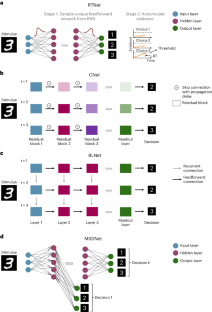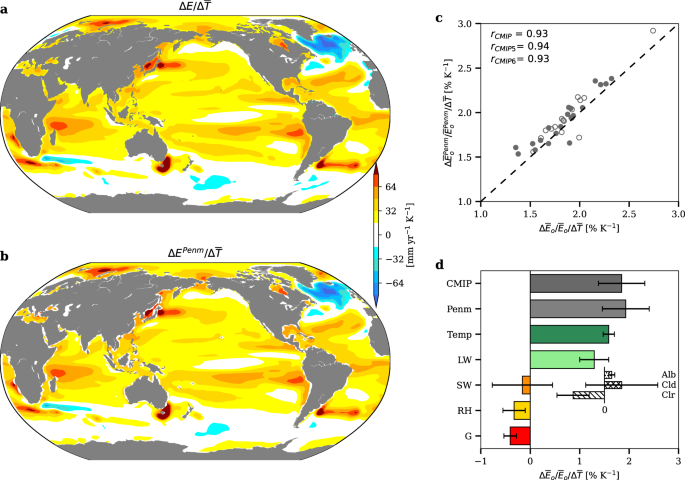2024-07-15 パシフィック・ノースウェスト国立研究所(PNNL)
<関連情報>
- https://www.pnnl.gov/publications/surface-oxygen-functionality-controls-selective-transport-metal-ions-through-graphene
- https://www.sciencedirect.com/science/article/abs/pii/S1385894724037914
酸化グラフェン膜と紫外線照射した還元酸化グラフェン膜のイオン輸送挙動に違いが見られる Distinct ion transport behavior between graphene oxide and UV-irradiated reduced graphene oxide membranes
Yiming Yin, Shuai Tan, Difan Zhang, Richard C. Shiery, Manh-Thuong Nguyen, Vaithiyalingam Shutthanandan, Venkateshkumar Prabhakaran, Grant E. Johnson
Chemical Engineering Journal Available online: 18 May 2024
DOI:https://doi.org/10.1016/j.cej.2024.152304
Highlights
- Faster divalent ion transport in ultraviolet-irradiated graphene oxide membranes.
- Removal of specific oxygen functional groups improves selective ion transport.
- A chromatography-like transport mechanism is proposed for irradiated membranes.
Abstract
Graphene oxide (GO) membranes are promising materials for achieving selective ion permeation in aqueous solutions. However, the swelling of GO laminates, caused by the affinity of water molecules for oxygen-containing groups (OCGs) on GO, significantly limits the practical prospects of GO membranes for selective ion transport and separation applications. Selectively removing OCGs from GO has been shown to decrease the interlayer distance between individual GO sheets, thereby improving the ability of laminate membranes to discriminate between different ions based on a size-exclusion mechanism. In this work, GO reduced through exposure to ultraviolet light (UV-rGO) is shown to display ion transport behavior that raises questions about size-exclusion as the dominant mechanism determining selective ion transport in GO membranes. Notably, smaller monovalent Li+ cations are found to permeate more slowly through UV-rGO membranes than larger divalent metal cations such as Ca2+ and Mg2+. This unexpected behavior results in a 3 – 4 fold improvement in the separation selectivity between these representative cations with UV-rGO compared to pristine GO membranes. Through a joint experimental and theoretical study, we identified the factors influencing selective ion transport through the nanochannels in UV-rGO membranes. We demonstrate that the selective removal of hydroxyl (–OH) groups from the basal planes of GO enhances the interactions of metal cations with functional groups located at the edges of GO, thereby resulting in a lower ratio of free Li+ in solution, rather than stationary Li+ adsorbed onto the surface GO, compared to Ca2+ cations. Based on these results, we propose a separation mechanism analogous to chromatography, which emphasizes the crucial role of different OCGs on GO surfaces in controlling selective ion transport through GO membranes.
Graphical abstract




